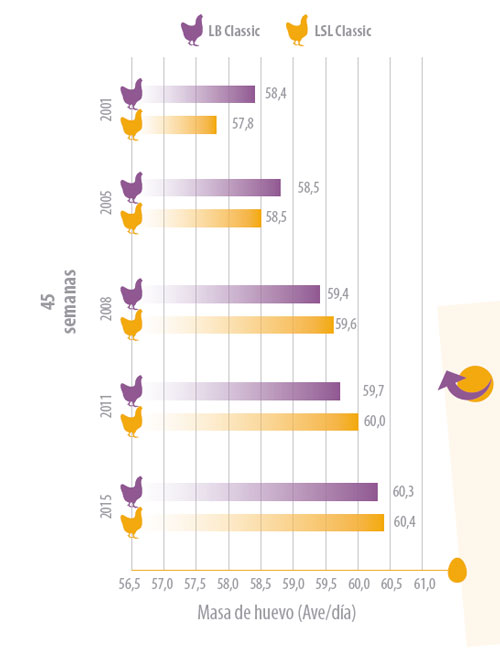
Graph 1. Evolution of productive capacity in LB Classic and LSL Classic.
To read more content about aviNews España ENG
Contenido disponible en:
Español (Spanish)
The current genetic selection provides us with birds with greater productivity. Although part of the improvements include the reduction in the conversion rate, we will not reach the maximum productive potential if we do not adapt the daily supply of nutrients.
Graph 1. Evolution of productive capacity in LB Classic and LSL Classic.

According to Leeson (1996), layers fed ad libitum are capable of regulating feed intake according to their energy needs, which are conditioned by:
Alternative production systems
Feather condition
Environmental conditions and the condition of the feathers also influence energy needs. The condition of the feathers, in addition to being a parameter related to the welfare of the birds, influences the energy needs in terms of thermoregulation that are usually considered within the maintenance needs (Neme et al, 2005; Perugi and Coon, 1993).
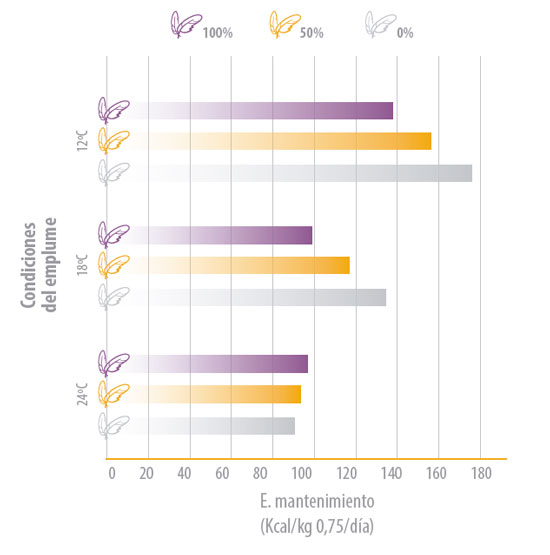
Graph 2. Neme et al, 2005. Maintenance energy needs as a function of ambient temperature and feather condition
Dairy production
The second energy concept in order of importance is daily production, expressed in grams of egg per bird per day, which represents around 33% of total energy needs. The productive potential of the bird is the same regardless of the system that we consider, although the alternative systems require more attention since there are more factors that influence productivity compared to cage systems.
The sum of the previous concepts plus the needs assigned to growth make up the daily energy needs of the bird, which will serve as a starting point for the formulation of the energy level that the feed must contain according to consumption
Development of consumption capacity
The consumption capacity, in turn, is determined by various factors such as:
The rearing phase is the most important period for its development. It does not matter if we are talking about systems in cage or cage-free. The development of the consumption capacity must be worked from the day we house the chicks, satisfying the needs of each of the nutrients in each of the rearing phases. The objective is to obtain a correct corporal development, uniformity and to promote the intestinal health of the birds that will be key for the future of the flock.
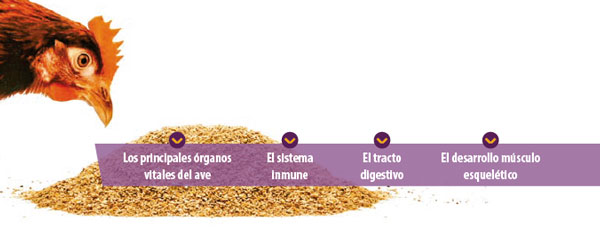
Intake capacity
There are different factors that will condition the development of the intake capacity, such as:
A high density in the house implies an indirect restriction of consumption: it conditions the access of the birds to the feeders, generating greater competitiveness. This will not only affect development and productivity, but can also trigger stressful situations and generate aggressive behaviors.
In all systems, it is necessary to work on the “fiber” concept from the beginning; however, it tends to think only in the period between week 10 and 16 of life where the level of nutrients, including energy, are reduced due to a lower demand for them. Fiber is not only important for the correct intestinal development (of interest in any system), but the progressive increase in each of the phases develops the consumption capacity, a characteristic that is necessary to compensate for the greater energy demand in alternative systems. Afterwards, when already in the production phase, a certain level must be maintained (Table 1).
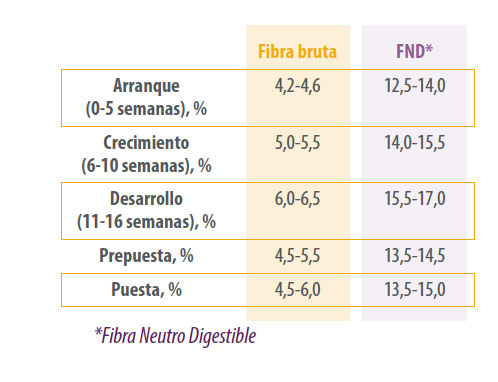
Table 1. Lohmann Tierzucht. Recommended levels of fiber in the different phases.
Feed format & presentation
Along with the level and source of fiber, the format and presentation of the feed are undoubtedly some of the most important factors that condition the bird’s intake capacity and development.
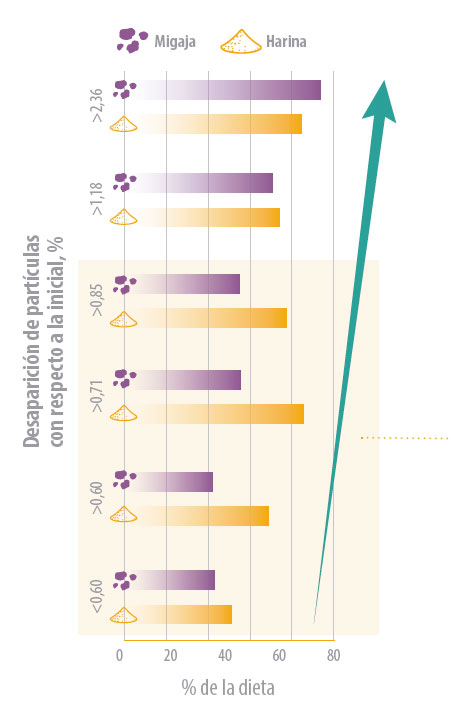
Graph 3. Portella et al., 1998.% disappearance of the particles with respect to the initial diet.
The presentation of the feed is another critical factor that influences consumption: birds have a marked preference for coarser particles; rejecting finer particles, so feed consumption is proportionally reduced when the percentage of fines (particles ø <1mm) exceeds 25%, regardless of whether it is a feed in crumbs or mash. The fines of the feed (ø <1mm) represent an important fraction as it contains the mineral vitamin part, carbonate powder, and may also contain enzymes, synthetic amino acids, the finest fraction of protein flours, etc.
It is important to provide from the beginning, a feed with a homogeneous structure, either mash or crumble, especially in alternative systems, as this situation can lead to nutritional deficiencies derived from selective consumption. Occasionally, nutritional deficiencies can trigger undesirable behaviors, manifesting even during the rearing phase.
Feed distribution
We often talk about the composition and homogeneity of feed, ignoring the influence it has on:
Birds provide productivity.
We must provide them with a nutritionally balanced feed and an effective feeding program that meets their requirements …
…also influenced by the housing system and, to the extent that we consider alternative systems, where they express natural behavior patterns such as digging-foraging (often misdirected) and increased movement. How and when we feed birds becomes a question that leads us to adopt a more flexible approach when designing our feeding strategies.
We need to pay attention to the way in which we supply the feed, ensuring that a fully balanced diet is offered and taken, that meets the requirements of the bird all the while reducing feed waste and ensuring that feed restriction does not occur. Selective feeding is not encouraged.
Applying an inefficient feeding strategy can have negative implications on long-term results and the birds’ ability to cope with field challenges. The imprint of feeding behavior begins in rearing and continues in production. Today there are many who see a benefit in emptying the feeder once a day, but it is necessary to go further. To carry it out, we must know what tools we have available and ensure that we use them effectively.
Minimizing the negative impact of inefficient feeding will depend on:
The distribution of feed is cyclical!: The distribution of feed today will affect that of tomorrow. Distributing feed in a feeder that is already full means birds never get to eat the fraction of fines, giving up key nutrients. We all know that layers are demanding eaters, so offering them the opportunity to select feed will lead to a completely unbalanced diet.
A small amount of feed in the feeder at a certain time of the day can lead to increased competition for feed among birds, which can lead to; among other things, a reduction in flock uniformity.
Balance is key: the daily control of the filling of the crop, the number of distributions and the amount of feed, the weight control of the birds and the uniformity allow us to be proactive when taking decisions related to the feed that benefit the birds and ensuring that the bird-feed pairing is working in the best way.
The restriction in the consumption of feed can happen in various ways, affecting the growth, production level and last but not least, the overall health of the birds.